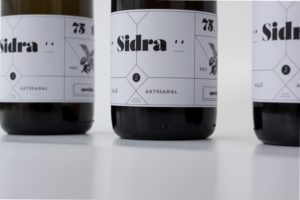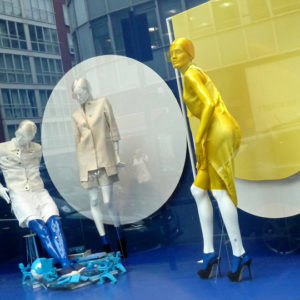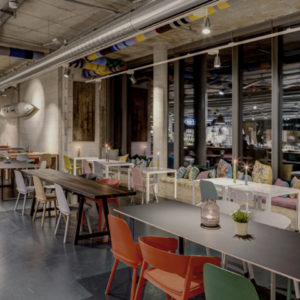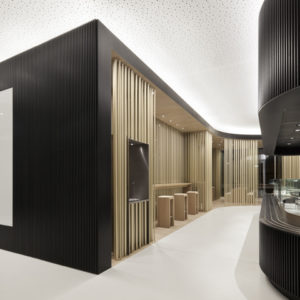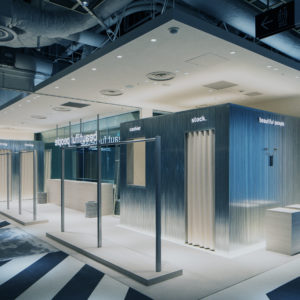


In this project we examine two essential questions: How can an infrastructure element that is a protected monument be programmed and made part of the urban system? In an era with an increasing amount of regulations (energy, hygiene, fire protection etc.) and greater demands for comfort, how can low-budget projects be carried out?

The viaduct is more than just a bridge. Like a mountain chain erected by human hand it appears in the town with a scale derived from the landscape and topography. The infrastructure element, originally used as a railway line, is to form a linear park that will be part of a culture, work and leisure mile. This reprogramming of the viaduct initiates two decisive urban impulses: a spatial barrier becomes a linking structure, and the outdoor spaces bordering it are upgraded.

The viaduct becomes a large-scale connecting machine and a linear building. We view this ambivalence as a fundamental quality and use it as the architectural leitmotiv to symbiotically connect the new uses with the viaduct structure. The characteristic Cyclopean masonry here forms the central atmospheric element. The new structures are deliberately restrained so as to emphasise the existing arches. In fitting-out the interiors the future users can choose from a kit of elements or design the spaces themselves.
Design: EM2N
Photography: Roger Frei / Ralph Hut / Antje Quiram






via Archdaily








Add to collection

